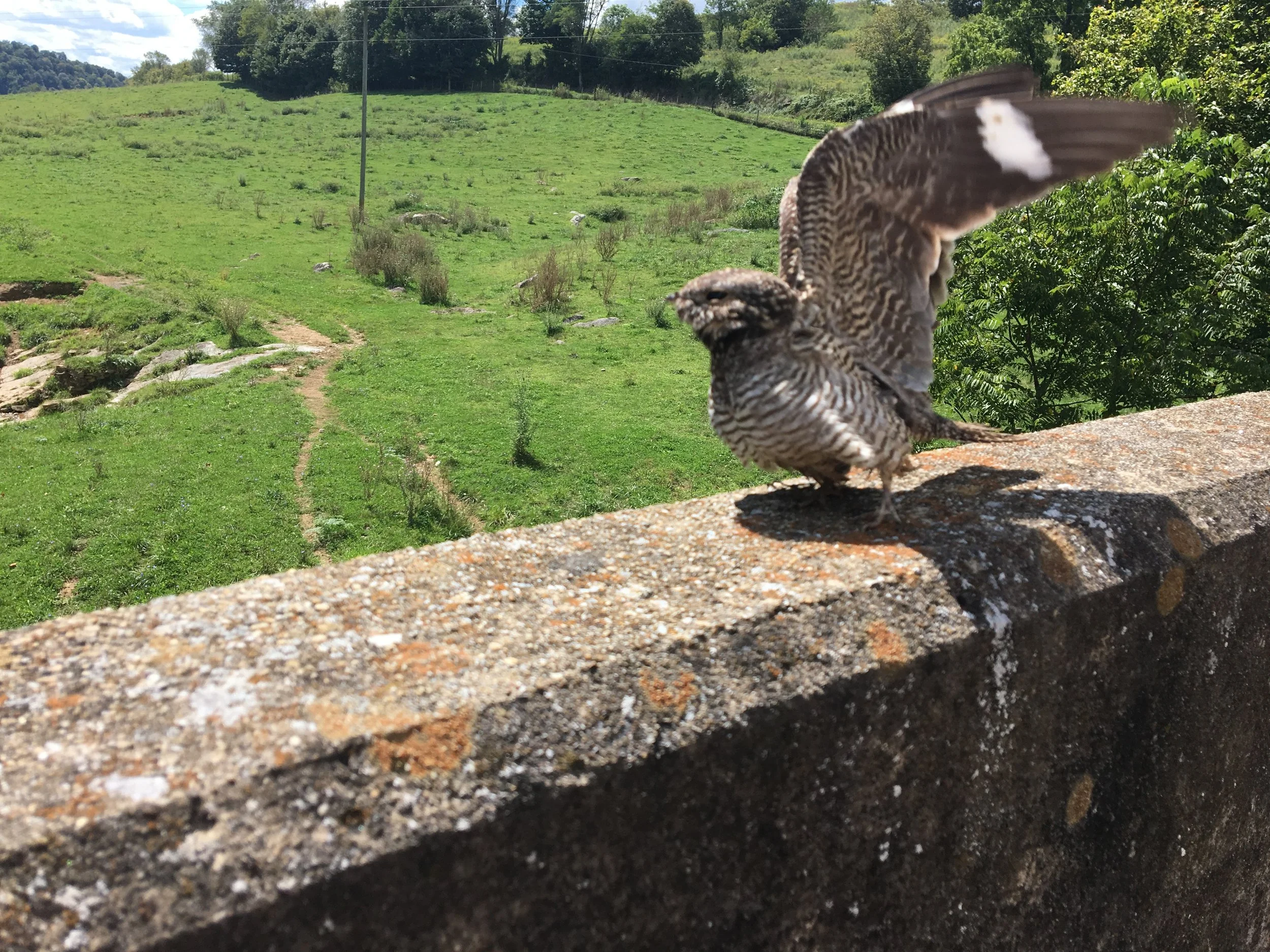

Goatsuckers
Inappropriately named, nighthawks are not as nocturnal as once thought nor are they related to hawks.


Inappropriately named, nighthawks are not as nocturnal as once thought nor are they related to hawks.